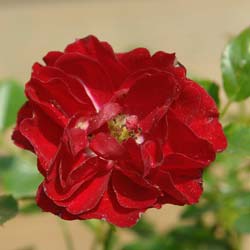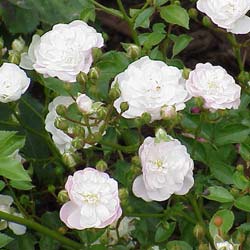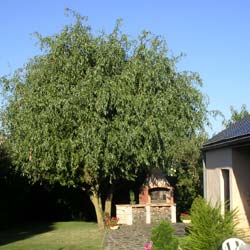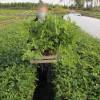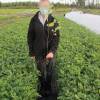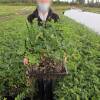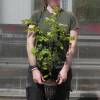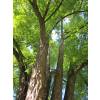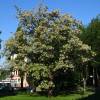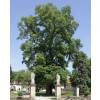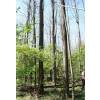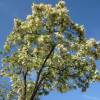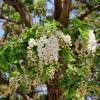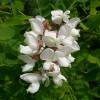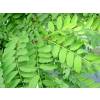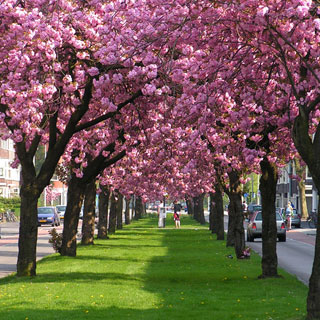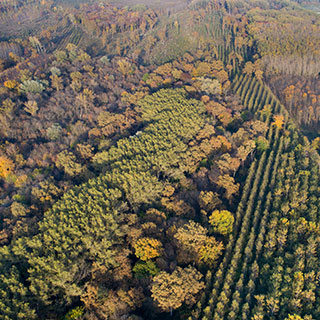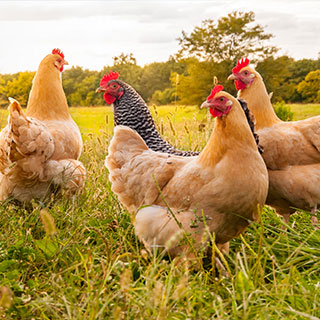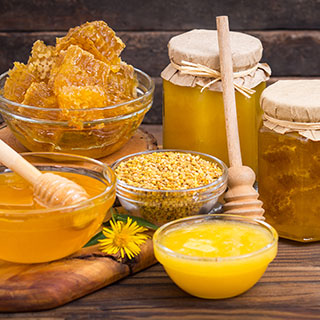Locust, black / Robinia pseudoacaciaBuy: Locust, black
Pictures of: Locust, black
Description: Locust, blackBlack Locust, False Acacia - Robinia pseudoacacia (latin)
Areas of origin: East of United States. Introduced in 1601.
• Forest Tree Seedlings for your plantations Plant, or reforest Black Locust, False Acacia, Robinia pseudoacacia – Foresters Guide1) The False Acacia, Black Locust (Robinia pseudo-acacia) is it suitable for my land?The False Acacia, (Robinia pseudoacacia) is a variety (heliophile) which requires a lot of light in order to develop. The False Acacia is well suited to different conditions in low altitude. It thrives in light soils with good water supply but is a frugal variety where soil is concerned: it can be found in poor or rich soils, deep or superficial with variable Ph. 2) Which planting density for my False Acacia, Black Locust plot? (Robinia pseudoacacia)
The planting density is the number of plants planted in one hectare (acre). Here it means determining the initial number of young plants and to choosing their repartition in the available space.
3) How to prepare the soil to plant False Acacia, Black Locust (Robinia pseudoacacia)?In Silviculture, working the soil is a key element in the success of planting. The root system of the tree must take rapidly where planted. Whether the work is done mechanically or manually, we recommend working the soil in its depth for optimum planting. 4) How to plant the False Acacia, Black Locust (Robinia pseudoacacia)?a- Receipt, storage and preparation of the plants before planting
In all case, you must: Finally, the worker will tamp down the soil carefully with its foot. It is forbidden to press strongly or again to heel-butt the plant to avoid crushing the earth-ball and damage the root system of the plant. Video on planting using a planting cane Buy Planting cane 5) How to limit weeds on my False Acacia, Black Locust plot (Robinia pseudoacacia) ?
During the first years, it is essential to eliminate all self-propagating plants. Not controlled they are going to be in competition with your plants and are going to deprive the young trees of the vital elements they require to grow (water, light and nutritional elements). You must therefore eliminate mechanically this unwanted competition until the trees are big enough to be able to dominate it.
It is in fact acts often carried out using portable thermic Strimmers or billhooks to clear plants on a line or around the plants themselves.
These actions are done using cutters and flail mowers, horizontal or vertical cutters, mounted on mini excavators or tractors. As a result, they cannot be undertaken outside the spaces available between the tree lines (seedlings or plants). 6) How to protect my young False Acacia plants from wildlife (Robinia pseudoacacia) ?
There is a necessity to protect the plot as soon as the population’s density of Cervidae (deer and roe deer in particular) risk leading to significant damage such as undergrowth of the plants or friction of the stems. Sometimes, the setting up of plants’ protection is also necessary as soon as the rodents’ population (rabbits, hares, coypu, voles...) are locally important.
Related Categories: Locust, black
Your reviews about: Locust, black |




























































































































